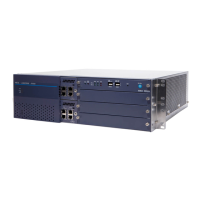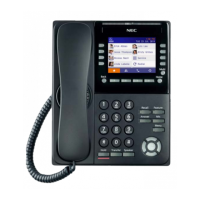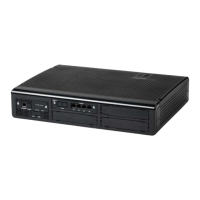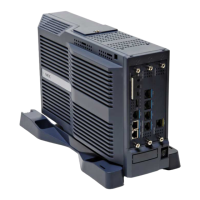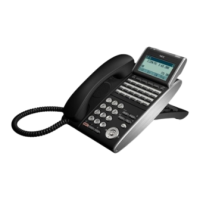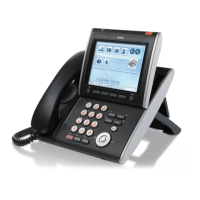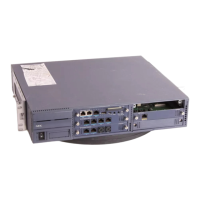UNIVERGE SV8100 Issue 5.0
Mobile Extension 1 - 691
Caller ID Presented to the Mobile Extension* for Type of Call
Direct Internal Call – CPN of the Calling Phone is presented to the Mobile Extension (V3.0 or
higher software required).
Direct Trunk Call with CID – Caller ID of incoming call is presented to the Mobile Extension**
(V3.0 or higher software required).
Direct Trunk Call without CID – CPN of Mobile Extension is presented to the Mobile Extension.
Transferred Trunk Call with CID –
Transferred before inter-digit timeout – Caller ID of incoming call is presented to the Mobile Extension**
(V3.0 or higher software required).
Transferred after inter-digit timeout – CPN of the Transferring Phone is presented to the Mobile
Extension (V3.0 or higher software required).
Transferred Trunk Call without CID –
Transferred before inter-digit timeout – CPN of Mobile Extension is presented to the Mobile Extension.
Transferred after inter-digit timeout – CPN of the Transferring Phone’s CPN is presented to the Mobile
Extension (V3.0 or higher software required).
* Only when the outbound trunks are ISDN or SIP trunks.
** ISDN will need to accept the inbound Caller ID as the Calling Party Number (CPN) presentation for
the outbound call. This is network dependant and not all networks will support this feature.
Conditions
It is recommended that this feature uses ISDN platform (as these trunks provide answer
supervision).
The analog line must provide CLI information to allow the Mobile Extension to dial into the
system to access features.
If an extension has Call Forward-Both Ring set to a Mobile Extension (twinining), it will not
forward to VM or anywhere else (Version 2.5 or lower software).
If the extension has Call Forward-Both Ring set to a Mobile Extension (twinning), it will only
forward to VM and nowhere else only when the Mobile Extension is forwarded NA or B/NA
(Version 3.0 or higher software is required).
If an extension has Call Forward-Both Ring set to a Mobile Extension (twinining), it will not
forward when the Mobile Extension is forwarded All or B/NA (Busy Immediate).
For the extension DTMF, the minimum Detect Level for the DTMF Tone (Program
80-03-03) must be set to allow a minimum detection level of -25dBm. This entry is
dependent on the Detect Level selected in Program 80-03-01.
The Mobile Extension uses the * to perform a flash, so if any service codes which begin
with * (Programs 11-10, 11-11, 11-12, 11-13) it may be necesary for the mobile extension to
dial * twice in these instances

